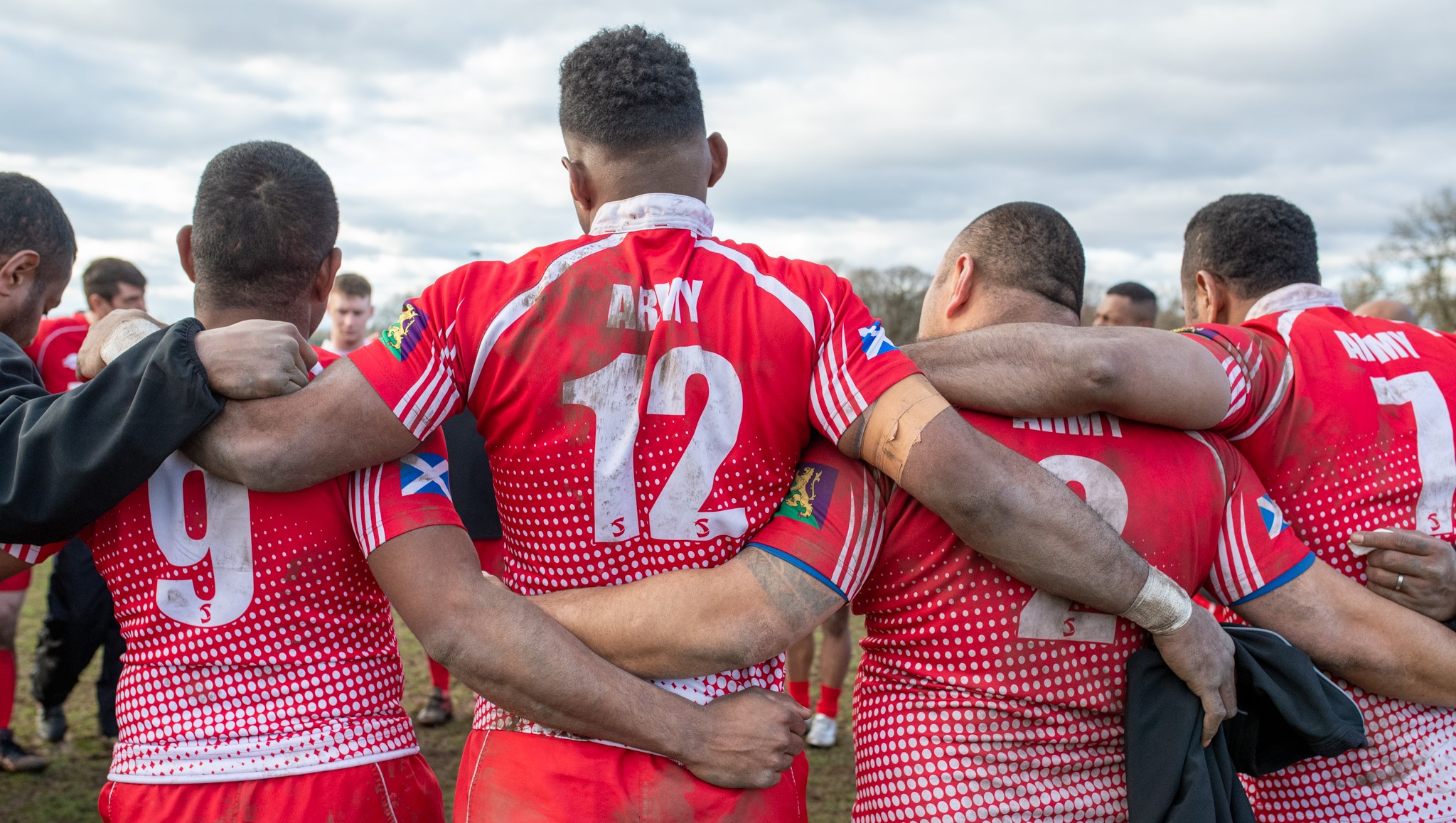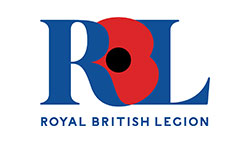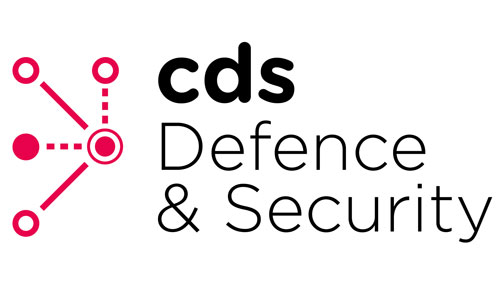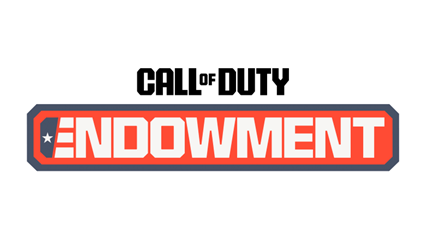Army Scotland captain 2Lt Luke Carver believes his side have built well ahead of their clash with the RAF this Wednesday, June 7.
Originally due to be an Inter Service Championship also featuring the Royal Navy, it will now be an 80-minute contest between the two Forces sides as they lock horns at the Oriam Stadium in Edinburgh.
The skipper is looking forward to the new challenge and explained: “The boys have developed so much since when I first started playing in February last year.
“Overall, the team has been on a steady upwards curve, there have been a few blips against some very difficult teams, but from my perspective the team has come on leaps and bounds and I thank them for the hard work and dedication they’ve put into it, along with JR (McCulloch) as well.”
2Lt Carver says leading the team means a huge amount to him, stating: “It’s one of the proudest moments I’ve had so far when I got the call from (Capt) Si (Talbot) saying I was going to captain the team – I took a step back and thought ‘this is a big moment for my rugby career’ – and to wear the Red Jersey is the same as putting on the Uniform every day, the badge that’s on there and what it represents, the effort people put in outside of the team with a pretty hectic day job, it means a hell of a lot to me, but it’s exactly the same for the boys.
“Rugby is a way they can blow off steam whether that’s on a Wednesday or Saturday playing for Army Scotland, but it also means they get to represent their home nations – we’ve got South Africans, Fijians, Scottish players who want to represent Scotland.
“I’ve spoken a lot to them, and they take time out from seeing their family and friends, some of them are based up north of Scotland and rather than going down to see their family in London they’ll stay and play rugby with us, so the sacrifices people have made through to the year, hopefully, and I’m sure it will, come out on game day.
“There’s also a social aspect where like-minded people bond over rugby, can get together whether you’re 3 Scots, 2 Scots, Scots DG or whatever and just enjoy the game – and I couldn’t be happier with the state of the team. The privilege to play with these guys is amazing.”
He continued: “It’s not difficult to captain the team, but it’s quite difficult to get a constant training audience – the main issue in the military being everyone’s posted here, there, and everywhere, so each week it can be a different team.
“This will be the second time I’ve captained the team, so it’s quite a big step for me and one I’m looking forward to.
“The forwards and backs run themselves and my role is kind of just an overview and making sure we’re going in the right direction and everyone’s understanding of the gameplan, albeit key decisions will come down to me or the playmaker on the pitch.”
Explaining his journey to leading Army Scotland, 2Lt Carver revealed: “I finished school at 18 and was debating whether to go to university or join the forces straightaway, so I took a couple of years out to work out what I wanted.
“I’d played rugby for Keswick School, then seconds and thirds for Keswick RFC before stopping when I was trying to join the Army, mainly because I didn’t want to get injured.
“Then I started Sandhurst in September 2020, was commissioned in August ’21 and then I’ve been involved ever since.
“I arrived at 2 Scots last January and then slowly got through to the Battalion team, then I was the Rugby Officer there so had some kind of look into the Army Scotland team.
“When the fixtures came out, I started training with them, met Si and Junior (Bulumakau), JR, the coaches, and from there I got more into the Army Scotland development teams, playing more games and then for the past eight to 10 months I’ve probably been a regular (in the 1st XV) along with playing for 2 Scots.”
In the middle of Sevens season, 2Lt Carver is currently playing most weekends for Edinburgh-based charity Hearts and Balls, and he believes combining civilian sport with his job has helped improve his captaincy, revealing: “There’s quite a lot of crossover, but the main thing is understanding what makes people tick and what people need to drive them on.
“You’ve got certain players who are quite quiet and if you start screaming and shouting they go back in their shell and it’s not the best thing for them to develop.
“But then you’ve got other players who need a bit of a kick up the backside when their heads go down – if we’re a couple of tries down – they need that strong personality.”
He continued: “The ability to do both – the way you get taught at Sandhurst gives you the ability to recognise how people react – is one of the most important things.
“You have to understand when it’s the right time to be the big, shouty man on the pitch, running the boys ragged, or it’s being the quietly confident person who just looks at them to say ‘it’s time to start switching on now and everyone knows exactly what they need to do’.”
Words © New Dogs, Old Tricks
Header and featured image © Bryan Robertson
